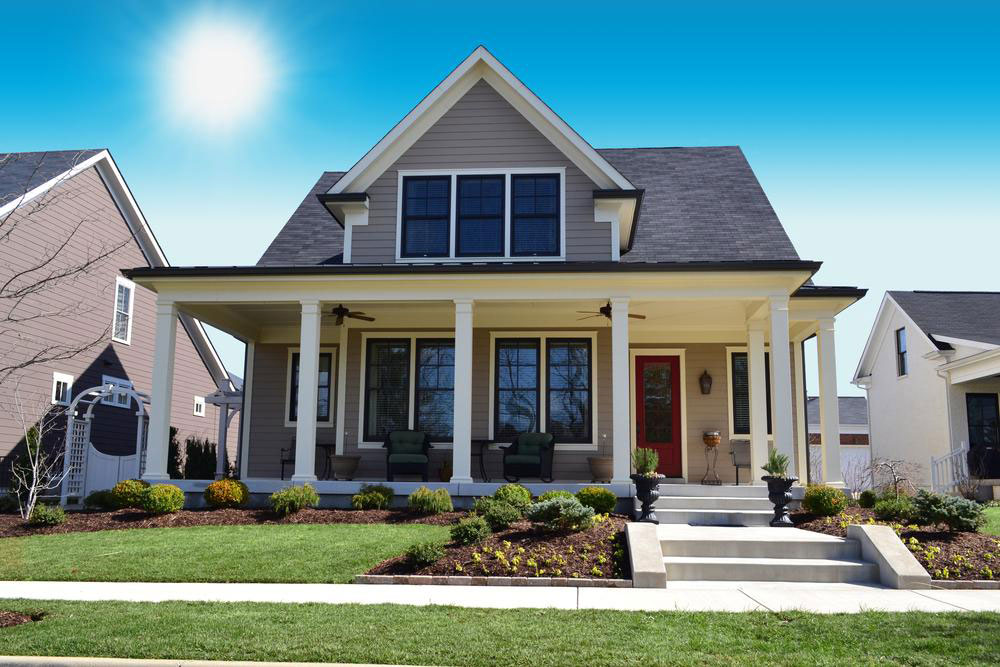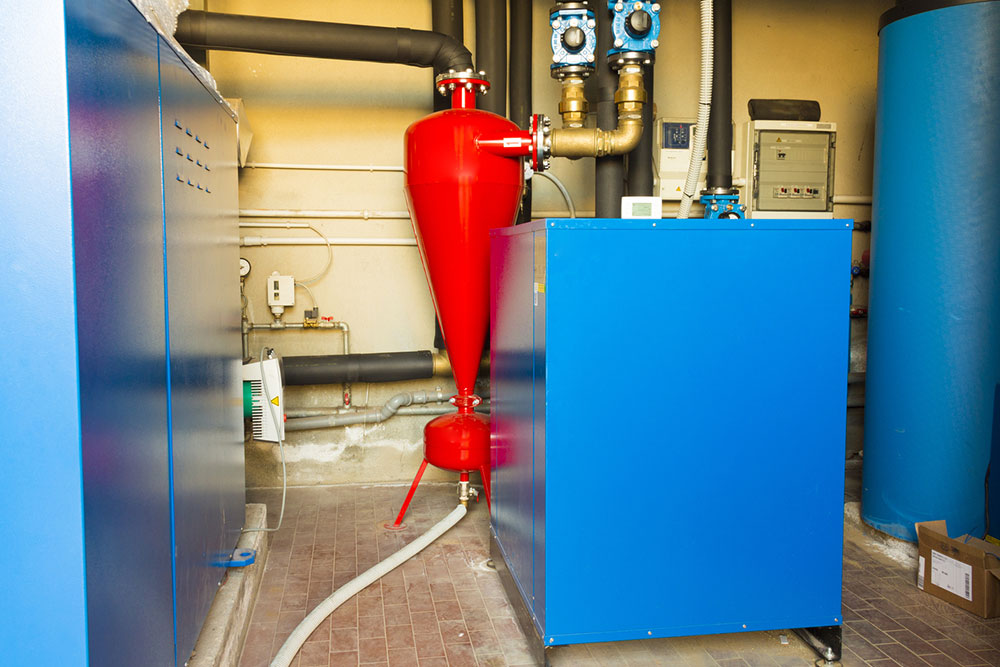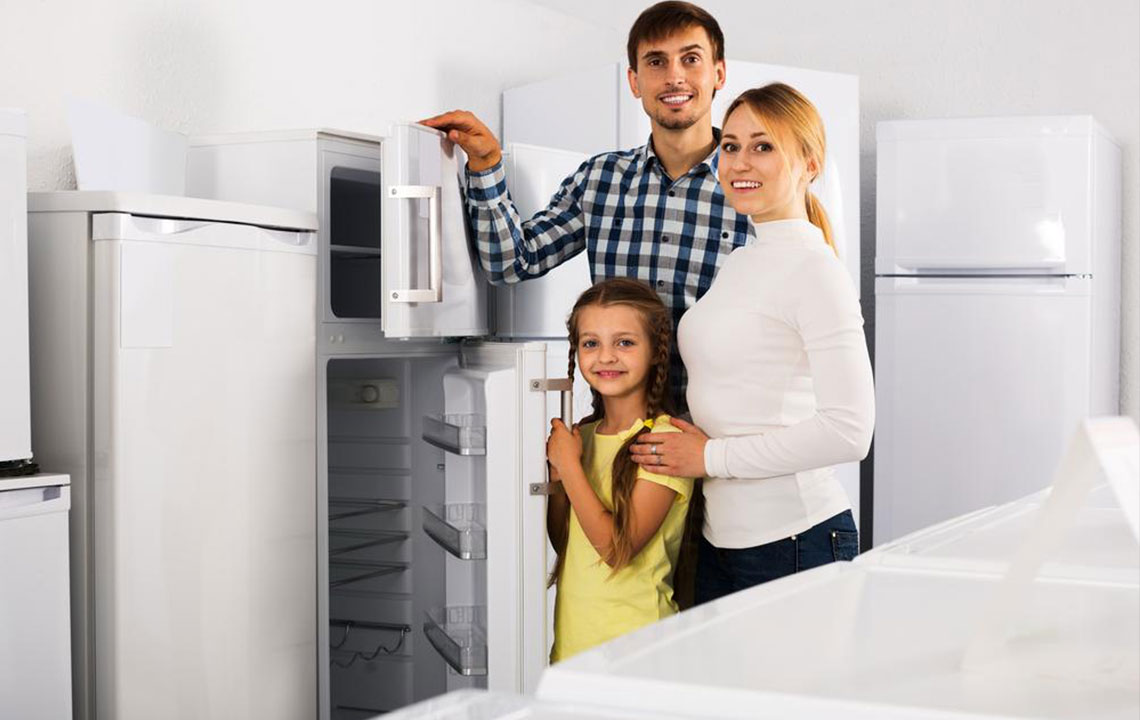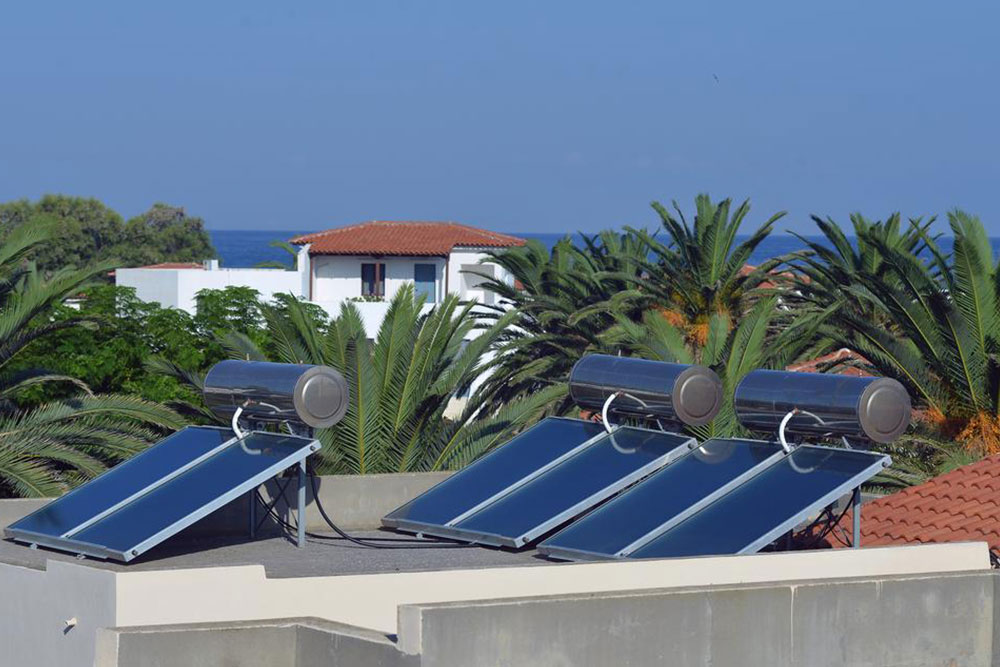Essential Guidelines for Purchasing Your Dream Home
Learn key tips for buying a home, including evaluating commute, home type, energy efficiency, neighborhood, and budget. This guide provides practical advice to help buyers make informed decisions and find the perfect residence that suits their needs and lifestyle. Understanding these factors ensures a smooth and satisfying home purchase process.

Essential Guidelines for Purchasing Your Dream Home
Buying a new home is a major milestone that involves careful planning, financing, and visiting multiple properties. It’s helpful to clarify your preferences early on. Listing your must-have features and amenities will make your search more efficient and ensure the property meets your essential needs. Considering key features that improve your living experience can make a significant difference in your decision-making process.
Important Factors When Buying a House
1. Commuting Distance
Evaluate the commute from the property to your workplace, schools, shopping centers, and other frequent destinations before making a commitment.
Assess the proximity to your daily stops, including schools, offices, supermarkets, and transit options. Easy access to public transportation can save time and hassle, especially for families. Considering neighbors nearby, such as relatives, can also offer support and foster a sense of community.
2. Home Type and Size
Your family size and lifestyle will influence the ideal type and size of your new home. Options include Spanish Villas, Casitas, Modern Adobe, Haciendas, and Residences. Spanish Villas are well-known for their distinctive style, while Casitas offer cozy living spaces. Modern Adobe homes may be single or multi-story, depending on your needs. When choosing, consider the living space, outdoor areas, amenities, and your budget.
3. Energy Efficiency
Energy-efficient homes help reduce utility expenses. Ask sellers about the property’s energy history and check the appliances like HVAC systems, refrigerators, and windows for efficiency. This step ensures ongoing savings and environmentally friendly living.
4. Extra Features and Extensions
If outdoor spaces like gardens or patios are important, evaluate your ability to maintain them. Also, consider future modifications or extensions to accommodate evolving needs, increasing your home’s livable space.
5. Historical Area Restrictions
For homes in historic districts, be aware of restrictions on renovations or extensions. Licensing or permissions may be needed, which could limit your options for upgrades.
6. Potential Drawbacks
Check for undesirable factors like busy roads, proximity to railways, or high-crime neighborhoods. These issues can affect safety, comfort, and resale value. Carefully weigh these drawbacks and decide which are acceptable and which are deal breakers.
7. Budget and Pricing
Set a clear budget before house hunting. This helps narrow down options and avoid overstretching financially. The average house cost in major cities is approximately 3,987,220 pesos, while upscale neighborhoods may reach 11,843,230 pesos. Choosing a home within a comfortable price range ensures manageable expenses and better financial planning.
8. Neighborhood Compatibility
Location influences daily life, safety, and convenience. Evaluate neighborhood safety, accessibility, amenities, and natural disaster risks. Ensure the area has essential services like shopping, dining, and good walkability options for a comfortable living environment.
Note:
The content shared here aims to provide valuable insights across various aspects of home buying. While based on thorough research, it should not replace professional advice. Users should verify details and consider local schemes and offers to maximize benefits. The editorial team is not responsible for inaccuracies or data discrepancies across different sources.










